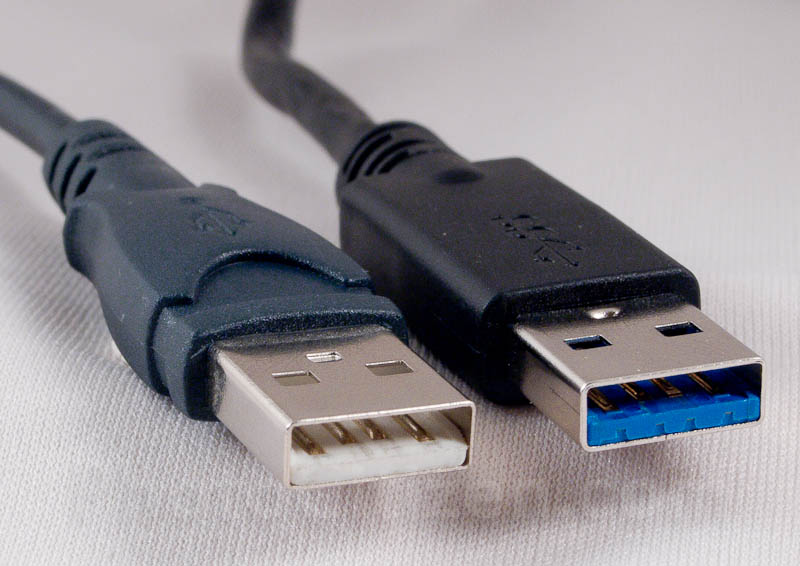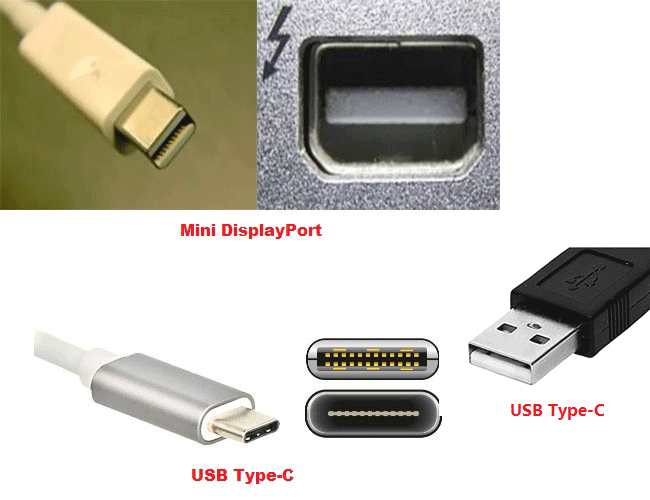

This eliminates one of the most common complaints about USB Type-A. The USB Type-C connector is smaller than both Type-A and Type-B, oval-shaped, symmetrical, and reversible, meaning there is no “wrong way” to plug it in. (The USB Type-C connector shouldn’t be confused with the USB 3.1 or USB 3.2 standards.). Type-C refers to the physical shape of the newest USB connector. The Mini-B and Micro-B connectors, like their Type-A counterparts, are found on a wide range of electronics, from tablets and handheld GPS devices to cell phones.

USB Type-B connectors are frequently used on printers, though they can also be found on some monitors and USB hubs. The more square shaped USB Type-B is somewhat less common but is electrically identical to USB Type-A connectors. This requires them to be oriented properly in order to be plugged in. Gaining popularity in the mid 90’s, standard USB Type-A connectors are rectangular and have a distinct top and bottom. It is also used on many other devices, including those that utilize its Mini-A and Micro-A variants (see image above).

The most common and familiar USB connector shape is USB Type-A, which is currently used on the vast majority of computer equipment and peripherals.


 0 kommentar(er)
0 kommentar(er)
